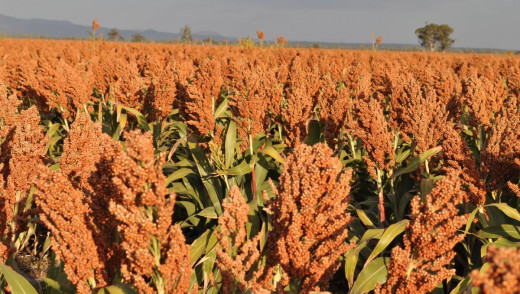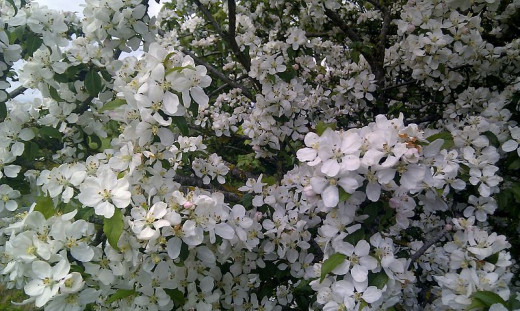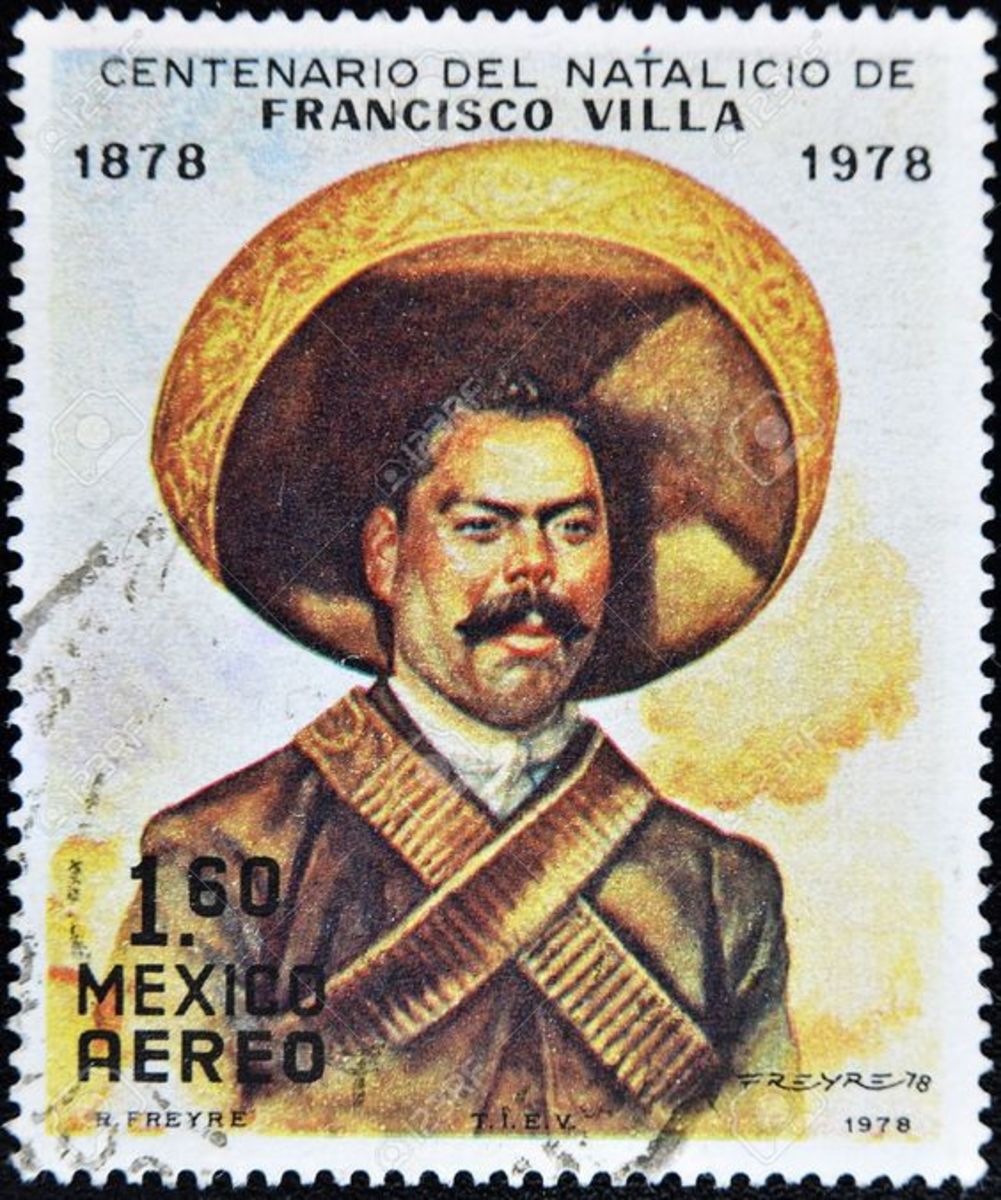Red Sorghum: A Novel of China is a Literary Layering
Reading Red Sorghum is no easy feat—not because it isn’t beautiful and worth the read, but because of the realities of war which Nobel Prize winner Mo Yan so graphically yet so beautifully portrays. Set in the Northeast Gaomi Township of China, Red Sorghum takes place in the 1930s during the Japanese occupation. It is narrated by a young man who tells the stories of his father, Dougan, his grandfather, an notorious bandit and guerrilla leader, and his grandmother. Throughout most of the telling, the young narrator assumes an impersonal tone while explicating the horrors of not only of war, but simple human existence. At the end of the novel, however, the narrator waxes achingly philosophical about the suffering of his ancestors.

Suffering of the Ancestors
The suffering of his ancestors includes in part: murder; rape; public, corporal punishment; starvation; children witnessing violence; spousal betrayal; dogs eating human corpses; leprosy, and; baby killing—just to name a horrid few. All of these atrocities, along with life’s pleasures, occur within the province’s crop and livelihood, sorghum. The locals even make wine from it. One can almost hear the sorghum blowing in the wind, impersonal as nature, whispering the goings-on amongst its leaves and stalks. So skilled is Mr. Yan that it is almost as if the stalks of the sorghum record in organic layers, the occurrences of all that has been in the fields.
Literary Layering
I have never read anything quite like the style of Red Sorghum, though Mr. Yan has been compared to Gabriel Garcia Marquez in tone. Mr. Yan paints and layers the macabre and horrid with the life-giving and beautiful—extremely difficult for any writer. For example, when Yu Zhan’ao murders his mother’s lover, a monk, Mr. Yan works his magic:
. . . . When Yu Zhan’ao pulled the sword out of the monk’s rib cage, a flow of lovely warm blood was released, soft and slippery, like the wing feathers of a bird . . . The buildup of water on the pear tree finally gave way and splashed down on the sandy ground, bringing dozens of petals with it. A small whirlwind rose up deep in the pear grove, and he later recalled smelling the delicate fragrance of pear blossoms. (page 109)
No one can more skillfully interlace the seeping out of life with nature’s grandeur. Mr. Yan also skillfully interweaves death and dancing crows in a tree above decaying bodies—a declaration that though there is death, life continues on in its shimmering way. Human blood on the sorghum with the full moon of mid-autumn rising above is also beautifully portrayed. The theme of nature as superlative reigning down moonshine, blossoms or bustling, lively crows above death and carnage infiltrates the novel, and provides a subtle hope throughout the ordeals of the people of Northeast Gaomi Township.
Despite war and death clutching at and retrieving the suffering people of the Northeast Gaomi Township, there is an insistent pulse of life throughout the book.

Character Development
Regarding character development, Mr. Yan demonstrates that during the vicissitudes of war, it is the horrid events of history which shape the characters—especially that of the grandfather character, Yu Zhan’ao who becomes a bandit to survive.
The layering of life with death, of the loyalty of animals with former pets eating the corpses of their owners, of murder with the intrepid persistence of life, and of love and betrayal, make Red Sorghum an incredibly complex, sedimentary novel.
Conclusion
At the end of the novel, the narrator raises high the symbolic, life-giving sorghum:
. . . . there is also a stalk of pure-red sorghum which you must sacrifice everything, if necessary, to find. When you have found it, wield it high as you re-enter a world of dense brambles and wild predators. It is your talisman, as well as our family’s glorious totem and a symbol of the heroic spirit of the Northeast Township! (page 359)
While the narrator praises his ancestors, he in no way idealizes them; this is in part what makes Red Sorghum such a seminal novel. Mr. Yan’s weaving of good and bad, life and death, love and hate, and passion and indifference—in essence, the complexities of life, places Red Sorghum firmly on the list of great world literature.
References
Yan, Mo, (1987 – Mainland China; 1993 English translation - Howard Goldblatt). Red Sorghum: A Novel of China. New York: Penguin Books. Print.








